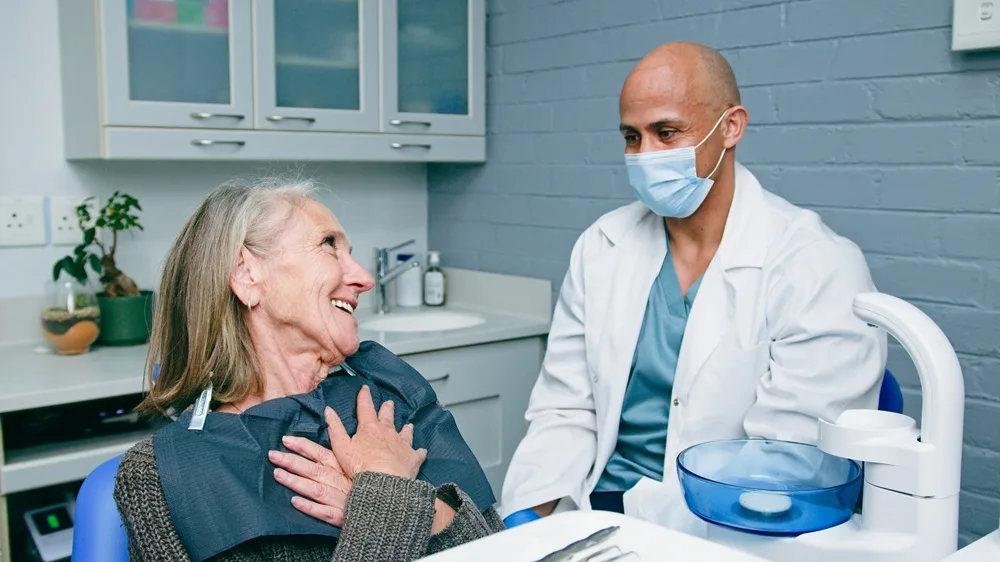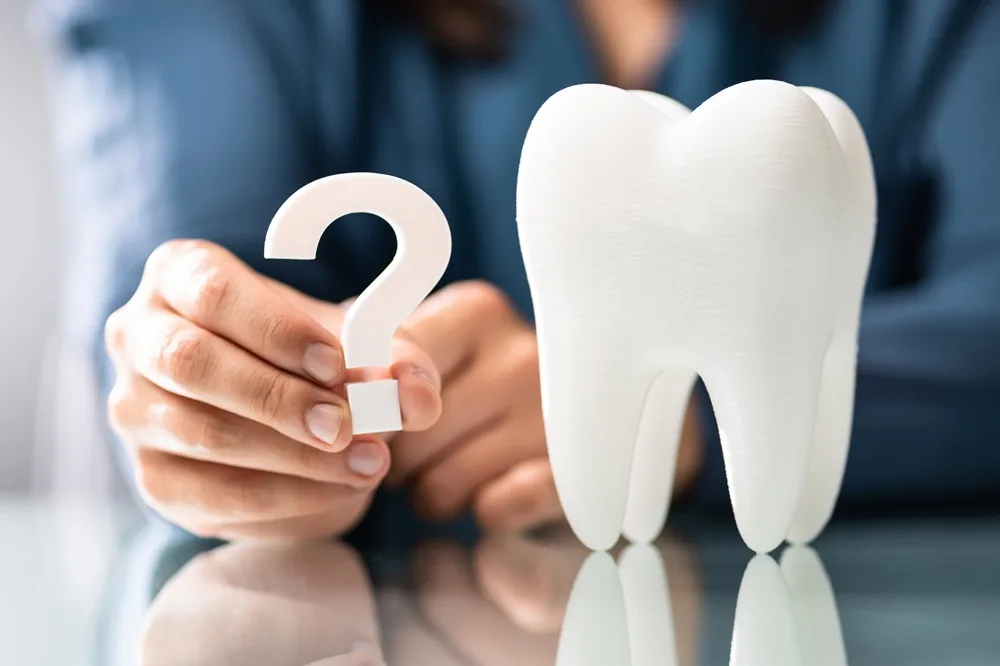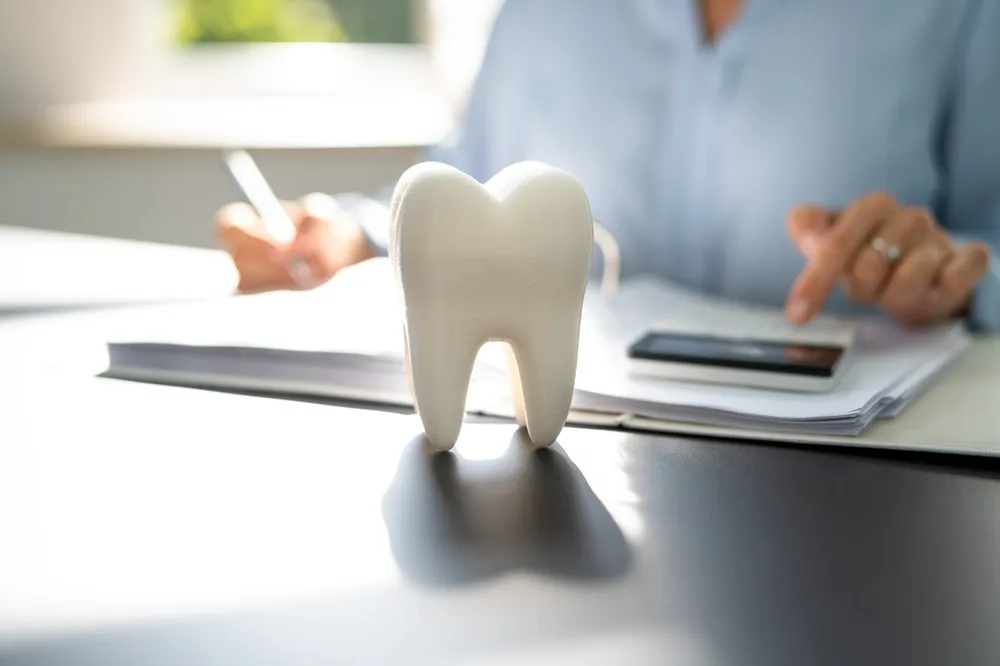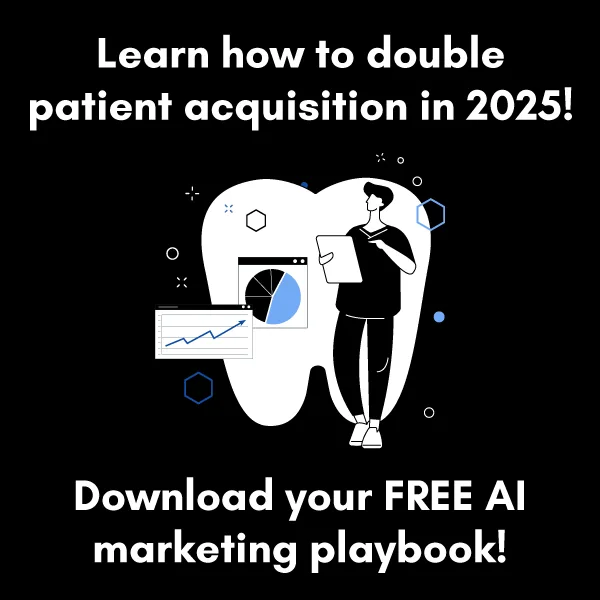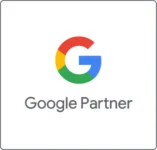

Author: Jesse Davis | Co-Founder & CEO of ViziSites
Key Takeaways
- With 77% of patients now finding their dentist through Google searches, SEO has become essential for practice growth and patient acquisition.
- Local SEO strategies like optimizing your Google Business Profile and managing online reviews directly impact whether you appear in the coveted top 3 map results.
- Unlike traditional advertising that stops working when you stop paying, SEO creates compound returns – content written today can attract new patients for years.
- Practices appearing on page one of Google capture the majority of new patient appointments, while those without SEO remain invisible to potential patients actively searching for dental care.
Picture this: You’ve invested years perfecting your craft, thousands on state-of-the-art equipment, yet your appointment book has more gaps than a seven-year-old’s smile. Meanwhile, the mediocre practice down the street is booked solid for months.
What’s their secret?
Here’s the uncomfortable truth: 77% of patients now find their dentist through Google searches, not referrals. If you’re invisible online, you’re losing patients to competitors who understand why dentists should invest in SEO.

The good news? This guide reveals exactly how to capture those searching patients and fill your schedule – without wasting money on outdated marketing tactics that no longer work.
Understanding Search Engine Optimization for Dental Practices
Let’s start with the basics. SEO is simply the art of making your dental website show up when people search for dentists on Google.
When someone types “dentist near me” or “teeth whitening in [your city],” SEO determines whether they find you or your competitor. It’s your 24/7 digital receptionist bringing new patients to your door.
Why SEO Works Perfectly for Dentists
SEO connects you with patients exactly when they need you.
No more shotgun marketing hoping someone notices your billboard. Instead, you’re right there when Mrs. Johnson searches for “emergency dentist open now” at 8 PM on a Saturday.
This precision targeting makes SEO incredibly cost-effective:
- You’re not paying to reach people who don’t need a dentist
- You’re investing in being found by people ready to book appointments
- Your marketing dollars work harder and smarter
The Two Pillars: General and Local SEO
Think of dental SEO like a two-chair operatory – you need both sides working to maximize efficiency.
General SEO helps your website rank for broader dental searches:
- Creating helpful content about procedures
- Making your site fast and mobile-friendly
- Building your online authority
Local SEO makes sure you show up in neighborhood searches:
- Google Maps optimization
- Local directory listings
- “Near me” search visibility
General SEO establishes you as the expert when patients research specific procedures. Local SEO ensures you’re the first dentist they see when they’re ready to book. Together, they create multiple ways for patients to find you.

The Digital Transformation of Patient Behavior
Your patients have changed. Remember when new patients came mostly from neighbor referrals and the Yellow Pages?
Those days are gone.
The New Patient Journey
Even when Aunt Martha recommends you, her niece still Googles your name to check reviews and browse your website. The digital world has completely transformed how patients find and choose their dentist.
Think about your own behavior. When you need a service, where do you turn first?
Exactly. Google.
Your patients do the same:
- Research symptoms
- Compare treatment costs
- Read reviews
- Virtually visit your office through photos
Younger patients rely even more heavily on digital research. If you’re not showing up in their searches, you don’t exist in their world.
The Power of Online Reviews
Let’s talk about something that might make you uncomfortable: online reviews.
They’ve become the new word-of-mouth:
- 94% of patients read reviews before choosing a healthcare provider
- 84% trust these reviews as much as personal recommendations
- For dentists specifically, reviews are the #1 factor in patient decisions
The Review Reality Check
Studies show:
- 62% of Gen Z patients won’t consider a dentist without reviews
- Over half of baby boomers skip practices with minimal online feedback
But here’s the silver lining: reviews boost your search rankings, especially for local searches. Google sees positive reviews as trust signals, pushing you higher in results.
Local SEO Dominance in Dental Marketing
Remember when patients flipped through Yellow Pages? Now they grab their phone and search “dentist near me.”
The “Near Me” Revolution
This simple phrase was virtually unheard of a decade ago. Today it’s one of the most common ways patients find dental care.
Google automatically shows local results based on location, even when someone just types “dentist.”
For your practice, this shift is huge:
- Google shows a map with three local practices at the top
- These spots get the majority of clicks
- Practices in the top three get most new patient calls

Optimizing for “Near Me” Searches
Your Google Business Profile is your secret weapon. It’s your practice’s online business card, map listing, and review platform rolled into one free tool.
When you optimize this tool, you control what patients see:
- Modern office photos
- Team introductions
- Service highlights
- Patient reviews
Keep your profile fresh with:
- Weekly posts about services
- Oral health tips
- Special offers
- New photos monthly

Why Dentists Should Invest in SEO for Practice Growth
Let’s talk money.
You’re wondering if SEO is worth the investment compared to current marketing spend.
The Equipment Analogy
SEO is like buying equipment instead of renting. Yes, there’s an upfront cost, but it keeps working month after month without ongoing fees.
Unlike Facebook ads or mailers that stop working when you stop paying, SEO keeps delivering new patients long after your initial investment.
Comparing Marketing Costs
Consider your current marketing:
- Glossy mailers ending up in trash
- Yellow Pages ads nobody sees
- Radio spots with uncertain results
Now imagine investing that money where it counts – putting you in front of patients actively searching for dental care. A well-optimized implant page or strong Maps presence brings patients for years without recurring fees.
Measuring ROI
The numbers speak clearly:
- Healthcare websites get 3x more visitors from search engines than all other sources
- Search patients are actively seeking care
- They’re ready to book appointments
SEO compounds over time. That teeth whitening blog post? It attracts patients for years. Those positive reviews? They keep convincing future patients.

Staying Competitive in Today’s Dental Market
Your competitors are already doing this. While you debate, they’re climbing rankings and capturing your patients.
The New Reality
The ADA says it plainly – you must be web-savvy to succeed. Patients expect:
- Easy-to-find websites
- Online booking
- Plenty of reviews
- Active social presence
- Helpful content
Weak online presence? They’ll assume your practice is outdated.
The Competition Isn’t Standing Still
Today’s competition focuses on:
- Search visibility
- Review quantity and quality
- Content helpfulness
- Booking convenience
Your competitors update Google listings daily, encourage reviews systematically, and create content regularly. Every day you wait is another day falling behind.
The Cost of Neglecting SEO
Picture this: A young professional moves to your area, needs a dentist, searches “best dentist near me.”
They see three practices with dozens of reviews, helpful websites, and online booking. Your practice? Nowhere.
To this patient, you don’t exist. They choose your competitor, become loyal, bring their family. That’s thousands in lost revenue from one search.
Once patients choose based on online research, they rarely switch. You’ve lost the appointment, years of treatment, and referrals.
General SEO Strategies for Dental Websites
General SEO starts with making your website findable, readable, and valuable.
Keywords and Technical Performance
Place keywords naturally throughout your content. Your site must:
- Load fast (patience isn’t online virtue)
- Work perfectly on phones
- Be secure (HTTPS matters)
Slow, clunky sites send patients to competitors.
Content: Your Secret Weapon
Start blogging. Answer common patient questions:
- “How much do veneers cost?”
- “Is teeth whitening safe?”
- “Crown vs filling differences?”
- “Root canal warning signs?”
Each article creates another chance to appear in searches. When you answer their exact question, patients trust you before meeting.
Technical Foundations
Technical SEO ensures Google can read your site properly. Think of it as clear signage and good lighting for your digital office.
Mobile-First Requirements
- Mobile-friendliness
- 60%+ searches on phones
- Google penalizes non-mobile sites
- Page speed
- Compress images
- Quality hosting
- Minimize code
- Security
- HTTPS encryption
- Clear structure
- XML sitemap

Local SEO Tactics for Maximum Visibility
Local SEO is where magic happens for dentists.
Google Business Profile Optimization
Initial Setup:
✓ Claim and verify listing
✓ Choose accurate categories
✓ Complete all information
✓ Upload quality photos
Ongoing Tasks:
✓ Post weekly updates
✓ Respond to all reviews
✓ Add photos monthly
✓ Update holiday hours
Ensure NAP (Name, Address, Phone) stays identical everywhere online.
Review Management System
Simple review process:
- Ask happy patients at the right time
- Make it easy with direct links
- Follow up with reminders
- Respond professionally always

Professional responses to criticism build trust. Google rewards active profiles with better visibility.
Building Local Citations
Citations are your digital references. Every NAP mention online strengthens your presence.
Primary Sources:
- Healthcare: Healthgrades, Zocdoc, Vitals
- Dental: ADA Find-a-Dentist, 1-800-DENTIST
- Local: Chamber of Commerce, city directories
- General: Yelp, Better Business Bureau
Natural Mentions:
- Sponsor local teams
- Join health fairs
- Support charities
- Business associations
Every legitimate mention strengthens your local presence when NAP data stays consistent.
Content Marketing for SEO Success
Content marketing means sharing your expertise online to attract patients.
Finding Content Topics
Think like patients. What do they ask during appointments?
Common concerns:
- Procedure costs
- Pain management
- Treatment timelines
- Recovery expectations
- Cosmetic options
Each answer becomes a blog post attracting new patients.
Content Calendar Approach
Monthly themes:
- January: New Year resolutions
- February: Valentine’s candy damage
- April: Spring cleaning teeth
- August: Back-to-school checkups
- October: Halloween candy tips
- December: Insurance benefits

Creating Patient-Focused Content
Write for patients, not dentists.
Instead of: “Implementing optimal oral hygiene protocols” Write: “How to brush and floss the right way”
Include:
- Pictures and diagrams
- Step-by-step instructions
- Real questions (anonymized)
- Before/after examples
Publishing twice monthly sustainably builds your content library. Soon dozens of posts work 24/7 attracting patients.
Mobile Optimization and User Experience
Your mobile site matters more than desktop. When someone has dental pain, they’re searching on their phone, not computer.
Mobile Must-Haves
Critical elements:
- Phone number: Huge, clickable, visible immediately
- Address: One-tap maps opening
- Book button: Prominent and functional
- Hours: Clear and current
- Emergency info: Easy to find
Performance requirements:
- Load under 3 seconds
- No horizontal scrolling
- Readable without zooming
Designing for Conversion
Remove booking barriers:
- Online scheduling (expected now)
- Clear contact options
- Transparent pricing
- Insurance information
- New patient forms
Build trust with:
- Credentials displayed
- Real team photos
- Patient testimonials
- Association badges
- Security indicators
Answer questions upfront to increase patient comfort choosing you.
Social Media Supporting SEO
Social media doesn’t directly impact rankings but supports overall online presence. When patients research you, they check multiple platforms.
Amplifying SEO Efforts
Use social media to:
- Share blog posts
- Encourage reviews
- Post transformations
- Answer questions live
- Show team personality
Every content piece extends reach and drives website traffic.
Local Engagement
Boost local presence through:
- Community group participation
- Business partnerships
- Event sponsorship
- Location tagging
- Local page engagement
Google notices active community engagement across platforms, reinforcing local authority. These authentic connections naturally lead to mentions and referrals that strengthen your overall online presence.
Tracking and Measuring Success
You can’t improve what you don’t measure. Free tools make tracking easy.
Essential Tools
Google Analytics shows:
- Traffic sources
- Page visits
- Time on site
- Contact actions
Google Search Console reveals:
- Search queries
- Ranking positions
- Technical issues
- Mobile problems
Conversion Tracking
Track what matters:
- Phone calls
- Online bookings
- Contact forms
- Form downloads
- Direction clicks
Know what works to do more of it. When that implant post brings five new patients, you understand SEO’s value.
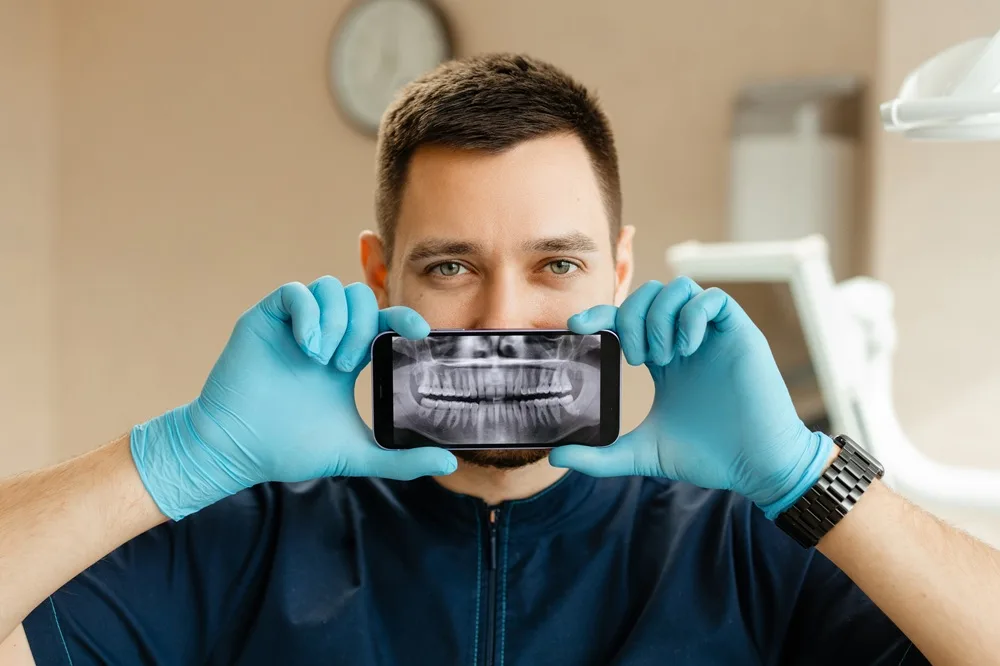
Realistic Goal Setting
SEO works like orthodontics, not whitening – gradual but lasting.
Timeline:
- Months 1-3: Technical fixes impact
- Months 4-6: Rankings climb, traffic increases
- Months 6-12: Significant improvements, clear ROI
Set specific goals:
- “Page one for ‘dentist in [city]’ within 6 months”
- “50% traffic increase this year”
- “10 monthly calls from Google”
- “50+ reviews at 4.5+ stars”
Common SEO Mistakes to Avoid
The biggest mistake? Trying to trick Google.
Never do:
- Keyword stuffing
- Fake reviews
- Hidden text
- Link schemes
Google catches tricks and penalties devastate rankings.
Another mistake: neglecting existing presence. Update your Google listing, refresh old content, respond to reviews, fix broken links.
Staying White Hat
Avoid anyone offering:
- “Guaranteed #1 rankings”
- “500 backlinks for $99”
- “Instant results”
Stick with legitimate strategies:
- Helpful content creation
- Genuine patient reviews
- Local relationship building
- Community involvement
Quality beats shortcuts every time.
The Future of Dental SEO
Voice search changes everything. Patients now ask conversational questions.

Adapting to Change
Prepare for voice search:
- Create FAQ pages
- Use natural language
- Answer full questions
- Think conversationally
AI makes Google smarter, rewarding genuine helpfulness over tricks. Video content explodes – start with simple office tours and procedure explanations.
Algorithm-Proof Strategy
Focus on timeless principles:
- Be genuinely helpful
- Serve your community
- Build real relationships
- Create quality content
- Stay consistent
When you’re truly the best result for local dental searches, algorithm changes help you.
FAQs
What is dental SEO and why do dentists need it?
Dental SEO helps your practice show up when people search for dentists online. Since 77% of patients now use Google to find healthcare providers, you need SEO to be visible where patients are looking. Without it, you’re invisible to the majority of people seeking dental care.
How long does it take to see results from dental SEO?
You’ll typically see initial improvements within 3-4 months, with more significant results after 6-12 months. Think of it like orthodontic treatment – gradual but lasting. Quick fixes don’t exist in legitimate SEO, but the long-term payoff makes it worthwhile.
What's the difference between general SEO and local SEO for dentists?
General SEO helps your website rank for dental topics broadly. Local SEO ensures you show up when someone nearby searches for a dentist. You need both: general SEO establishes expertise, while local SEO fills your appointment book.
How much should a dental practice invest in SEO?
SEO investment depends on competition and growth goals. Compare it to other marketing costs – if you’re spending thousands on mailers with minimal results, that same investment in SEO brings consistent new patients for years. Even a few new patients monthly justifies the cost.
Can I do SEO myself or should I hire professionals?
You can handle basics like Google listings and review requests. But comprehensive SEO – technical optimization, content strategy, competitive analysis – usually needs professional help. It’s like dental work: simple tasks are DIY-able, complex procedures need experts.
How do online reviews impact dental SEO?
Reviews influence Google rankings and patient decisions equally. Since 94% of patients read reviews and they’re the #1 factor in choosing dentists, managing online reputation isn’t optional. Good reviews boost visibility and conversion rates.
What are the most important SEO factors for dental websites?
Focus on: mobile-friendly design, fast loading, helpful content, local optimization, consistent practice information, patient reviews, and optimized Google Business Profile. Master basics before advanced tactics.
Conclusion
SEO isn’t just another marketing expense – it’s an investment in your practice’s future. As more patients turn to Google to find dental care, your online visibility directly determines your success.
The practices thriving today understand this shift and adapted accordingly.
The choice is yours: invest in SEO now and build a steady stream of new patients, or watch competitors capture your market share. Start with the basics we’ve covered, stay consistent, and remember – every improvement you make today compounds into tomorrow’s growth.
Your future patients are searching for you right now. Make sure they can find you.

About the Author:
Jesse Davis
Co-Founder & CEO of ViziSites
Jesse has been on the cutting edge of healthcare marketing for two decades, first catapulting iMatrix from a handful of clients to thousands of practice owners by building high-performance teams and forging strategic partnerships, then launching the veterinary division at ProSites and providing a foundation that scaled it nationally. Today he leads ViziSites, where he and his team harness a “tsunami” of AI-driven data to turn complex signals into clear, measurable growth for practice owners nationwide. A 4th-degree Brazilian Jiu-Jitsu black belt and outspoken mentor, Jesse channels the same discipline from the mat into empowering young founders and helping thousands of practices dominate local search while demystifying the future of AI in practice marketing.












































